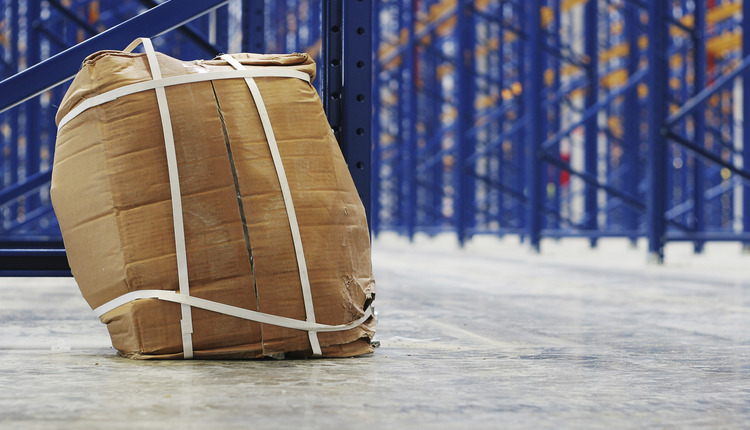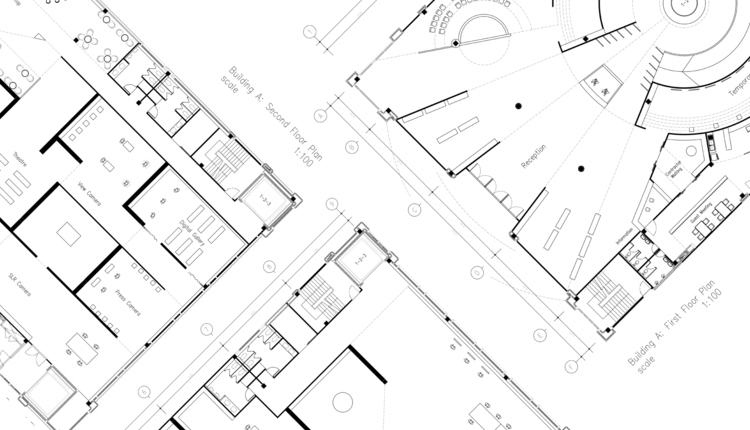What is Distribution Network Planning? This is a strategic plan that incorporates how many facilities you want to have, what your inventory and logistics strategies are, as well as makes certain to support your customers’ expectations. The plan also needs to be able to be flexible and adaptable to support changing business conditions (growth in business, increase in freight costs, customer profile, etc.)
So how do you go about creating a plan? Sounds rather daunting, right? Let’s just take it step by step. First, you need to decide on what your “go to market” strategy is. These are some of the questions that you should be asking yourself: Where do you want to spend your money — buildings or freight? Do you want to have one location and potentially more freight costs? Or do you want to be closer to your customers to minimize freight and reduce time in transit? What about the additional cost of operations in multiple places? Thus, the cost of operating multiple sites should be balanced against the costs of freight and the potential revenue gains from reduced time in transit to your customers. The key is to create the most cost-effective distribution network while still meeting or exceeding your customer expectations.
Something to help you determine your “go to market” strategy is doing distribution network modeling. This is where you collect data to determine what the cost versus service trade-off is for your business. This type of modeling can help answer how many locations you should have, where they should be located, and what markets they should serve. You can do “what if” scenarios to determine the alternatives based on differing service levels to your customers. The type of data to collect is: where your customers are located, how many customers you can service within a certain time frame (for instance one-to-two-day freight footprints), and what the cost of freight is from those points. Using service area maps on carrier websites is a great place to start in determining the service area.
One other question that is often overlooked is what is your strategy in regards to freight? Are you using national parcel carriers, regional parcel carriers, less-than truckload (LTL) carriers, or truckload (TL) carriers? Or a mix? This question can also help you to determine your service market areas based on where these carriers are located.
Once you determine your service market areas, you need to look at what your inbound and outbound freight profiles will look like to determine what your freight costs will be. Something to take into consideration when you are looking at your inbound profile is: will shipments be vendor-direct to the new site, or will the product be transferred from a central distribution point? This can depend on where the vendor is located as well as what the minimum order quantity is for that vendor. This also leads to inventory strategy questions such as: Is it less expensive from a purchase order standpoint to do one purchase order and split the inventory between sites via transfers? Or is it better to have the vendor ship to multiple sites? How often is the product ordered? What is the lead time of the product? What safety stock level should you have at each distribution center to support customer fill rate?
As for the outbound profile, location of the carrier hubs and what your potential pick-up time is for each carrier weighs heavily on which carrier to use as well as where to locate your site within the service area. The key is keeping your focus on your customers’ needs. For instance, if you are a same-day shipper, you will want pick-up times as late as possible to allow for customer order processing. This is where the distance from the hub can be crucial. For instance, try and stay within 30 minutes of the parcel carrier hubs. The closer you are, the later a pick-up can potentially be! Another point to your outbound profile is whether a trailer is dropped or if you have to live load your boxes for your carriers. This can impact your processing time and thus how late you can have customers order for same-day shipping.
Also, for both inbound and outbound profiles, you will want to take into consideration what type of product you are shipping. For instance, large and heavy items should be stored as close to the customer as possible to reduce overall freight costs since these will most likely qualify for additional handling fees unless you have the surcharge waived or discounted by your carrier(s). Additionally, shipping dangerous goods (lithium batteries, aerosols, lubes, etc.) to customer expectations may mean storing these types of products at the closest distribution center to avoid having to do the extra paperwork and pay the extra expense to ship these by air.
Can you do your own modeling or should you have help from a consultant? This is a tricky question and really depends on much analysis you already do as a company. You need to have access to historical data and know what your growth expectations are so you can adjust for that future growth. The national parcel carriers have a team inside their companies to help with this. There are also many very talented consultant teams out there that can also do this. Be aware that whether they are done internally or externally, these types of projects do take approximately 12 weeks to complete.
Once the distribution network modeling is done, you then need to look at the pros and cons of the local sites that are being suggested. There are corporate income tax and other tax considerations that need to be taken into account when locating a facility. For instance, corporate tax in California is nine percent, but right across the border, Nevada is 0%. Keep in mind, however, that there are other costs of doing business as well. What is the local wage rate? Is there a large enough labor pool to pull employees from? What are the local lease rates? Or is it better to purchase a building? What are the local utility costs?
Depending on how many facilities the modeling is suggesting, you will want to weigh the operational costs — building, utilities, wages, equipment duplication, size of the buildings needed, and inventory carrying costs as well as additional IT costs and additional administration/overhead costs.
Once the plan is completed, the next phase is implementing the plan! We’ll cover that in part two, which will appear in the November/December issue of PARCEL.
Kim Brown is Director of Distribution, Quality Bicycle Products. She can be reached at kbrown@qbp.com.















